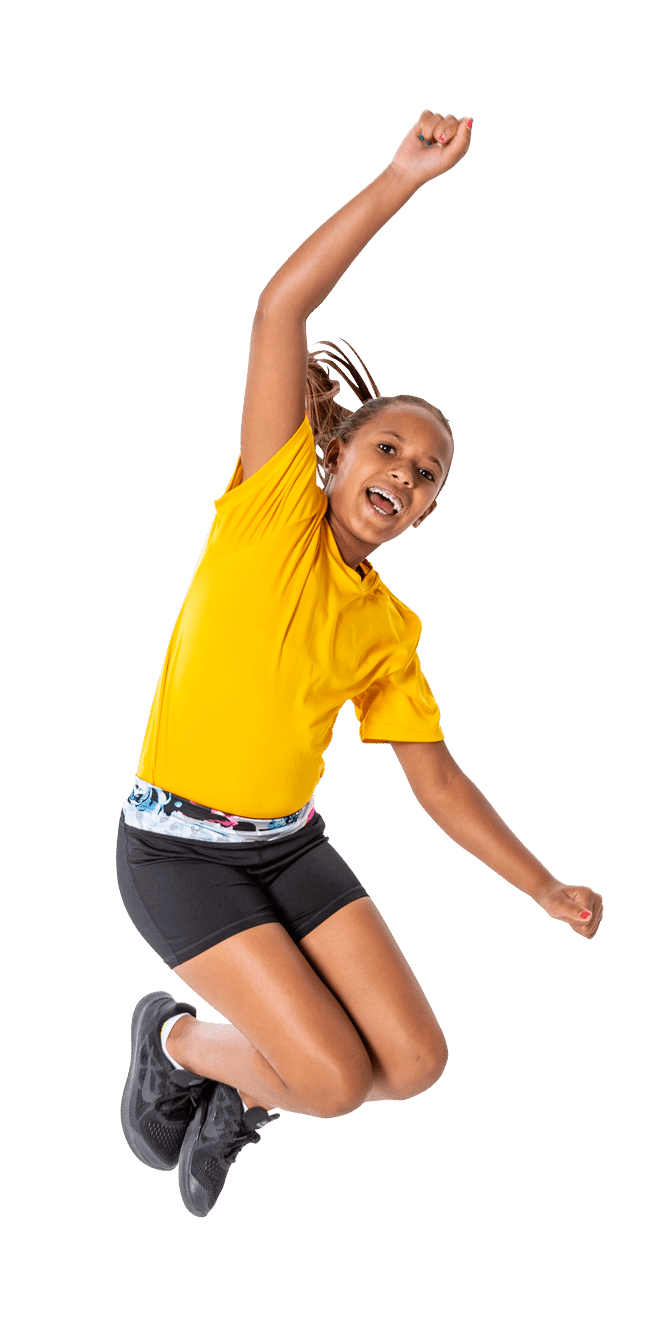Improving Muscular Recovery with Body Tempering and Buffering
There has been a significant increase different implements and massage to speed the recovery of athletes post workout. Two methods that are gaining popularity which we use on our athletes are buffering massage and body tempering. These methods have become an integral part of our program because they demonstrated benefits far beyond that of foam rolling and other more traditional methods.
Buffer Massage and How it Enhances Workout Recovery
Massage therapy is commonly used during physical rehabilitation of skeletal muscle to reduce pain and promote recovery from injury. The problem is that few of us have a massage therapist at on staff. Our athletes were looking for ways to speed their recovery from a difficult training session either in the weight room or on their field. We were fortunate to come across buffering as an inexpensive means of administering massage-therapy to recover from training.
Buffering gives our athletes a point or area specific massage with a fairly simplistic electric buffer. Not dissimilar to those you’d see at a car detailer! You can spend large amounts of money on a variety of hand held electric buffers marketed specifically for muscular recovery. However, after investing over $300 on one, we found that the $20 car buffer you can pick up at any Walmart worked just as well!
One study† found that buffering affects two specific genes in the muscle cells. The first gene decreases inflammation caused by exercise, similar to the relief you get from certain pain medications. The second gene turned up production of mitochondria in the muscles which are the power houses of cells. They use oxygen and the broken down products of food to generate energy needed by the cells. As muscle cells become adapted to endurance exercise, the number of mitochondria increases. however, massage seems to help facilitate the adaptation and recovery from hard exercise.
By comparison, although ice baths and anti-inflammatory medications can reduce inflammation, they can inhibit muscle repair and growth. By contrast, buffer massage appears to both help recover muscles faster after workouts and reduce chronic pain and inflammation.
Body Tempering and How It Enhances Workout Recovery
Tempering is the use of a heavily-weighted device moved over passive muscle areas to eliminate adhesions. Adhesions are like a clump of muscle that is glued together, unable to contract normally and not receiving normal blood flow. They feel like a “knot” in the muscle, which obviously diminishes performance in the weight room and on the field. Athletes are using all kinds of tools from barbell sleeves to kettlebells to eliminate adhesions that if left unaltreated can lead to muscle pulls, tears and hernias.
The main difference between tempering and other soft tissue modalities is that the areas being worked are passive when receiving treatment. With tempering the heft of the implement provides to pressure to promote muscular recovery. By contrast foam rolling uses the athlete’s body weight to produce pressure. As a result, the activation of target muscle groups. By limiting muscular activation of the target area, tempering promotes recovery from exercise to a greater degree.
Depending on one’s own individual tightness, tempering can have different effects ranging from uncomfortable to downright agonizing. Yet, it’s impact on our athletes’ recovery has them coming back for more. Our athletes love body tempering. We have noticed a huge difference with some of the kids in terms of recovery and mobility since we implemented it into our recovery.
Administering Buffering and Tempering
Buffering has the advantage of being a means of recovery that the athlete can apply themselves. However, tempering might require the assistance of a partner when targeting the back, hamstrings, and other hard to reach muscle groups. We often leave it to our athletes to administer these means of recovery to themselves as our numbers don’t allow us to perform these methods as a team.
†“Massage Therapy Attenuates Inflammatory Signaling After Exercise-Induced Muscle Damage”(2012) J.Cran, ,D.Ogborn, C. Cupido, S.Melov, A. Hubbard, J. Bourgeois, M. Tarnopolsky,





